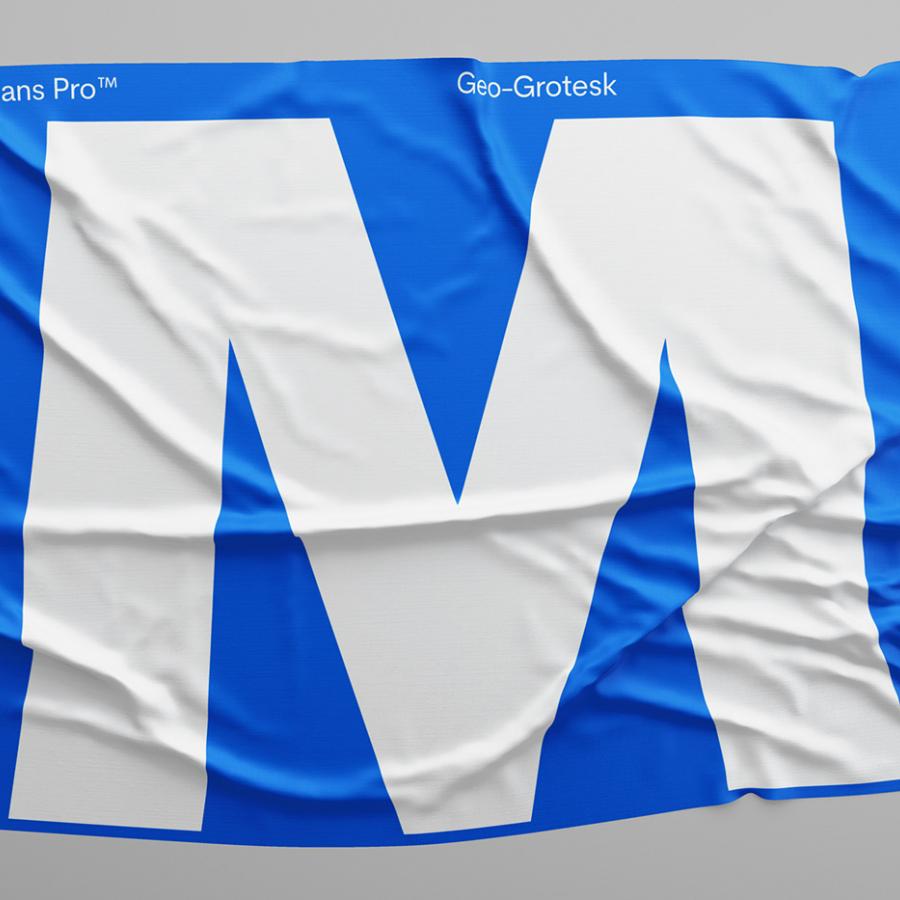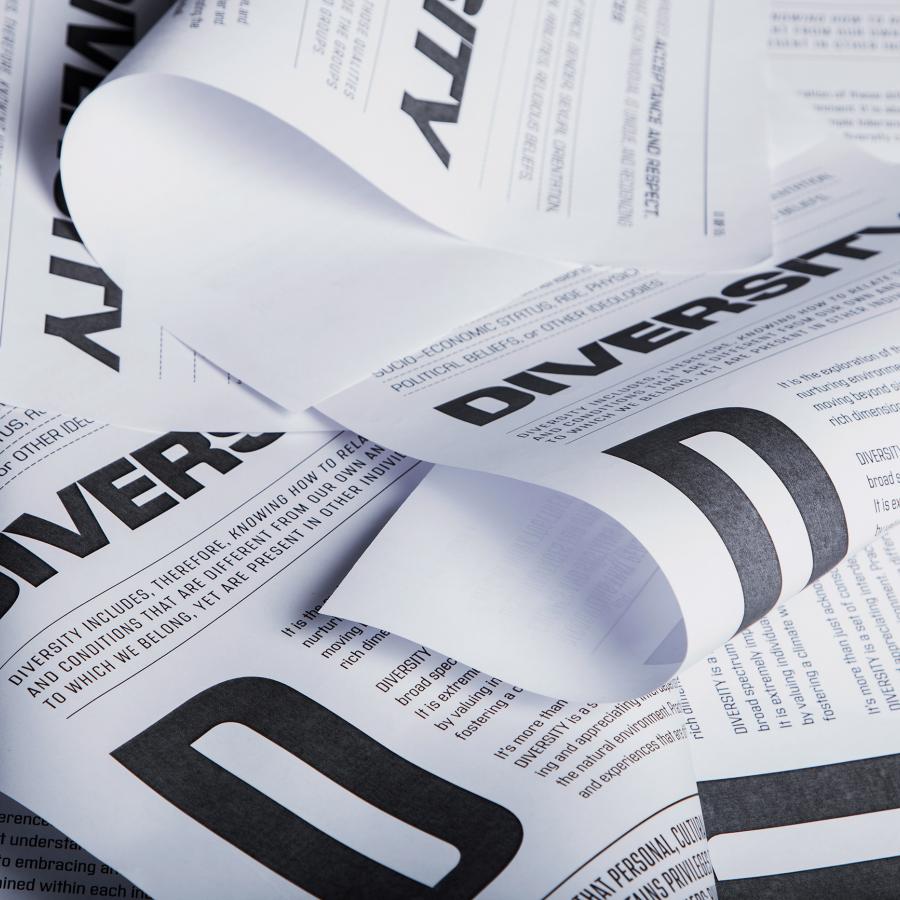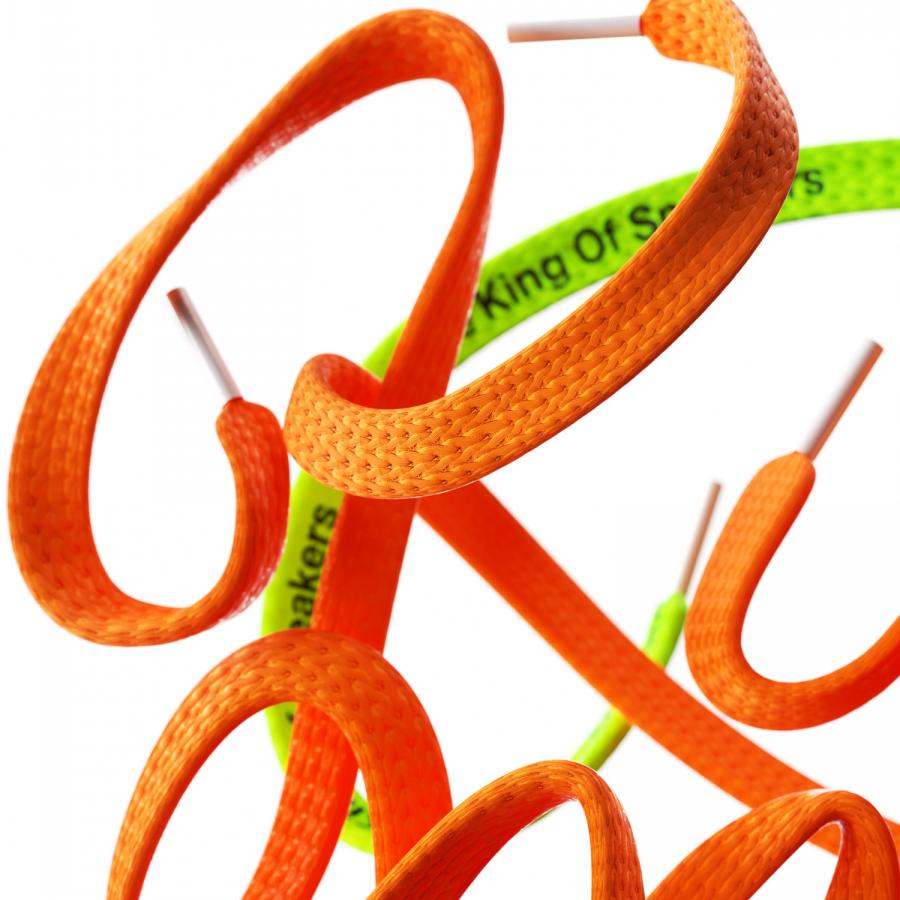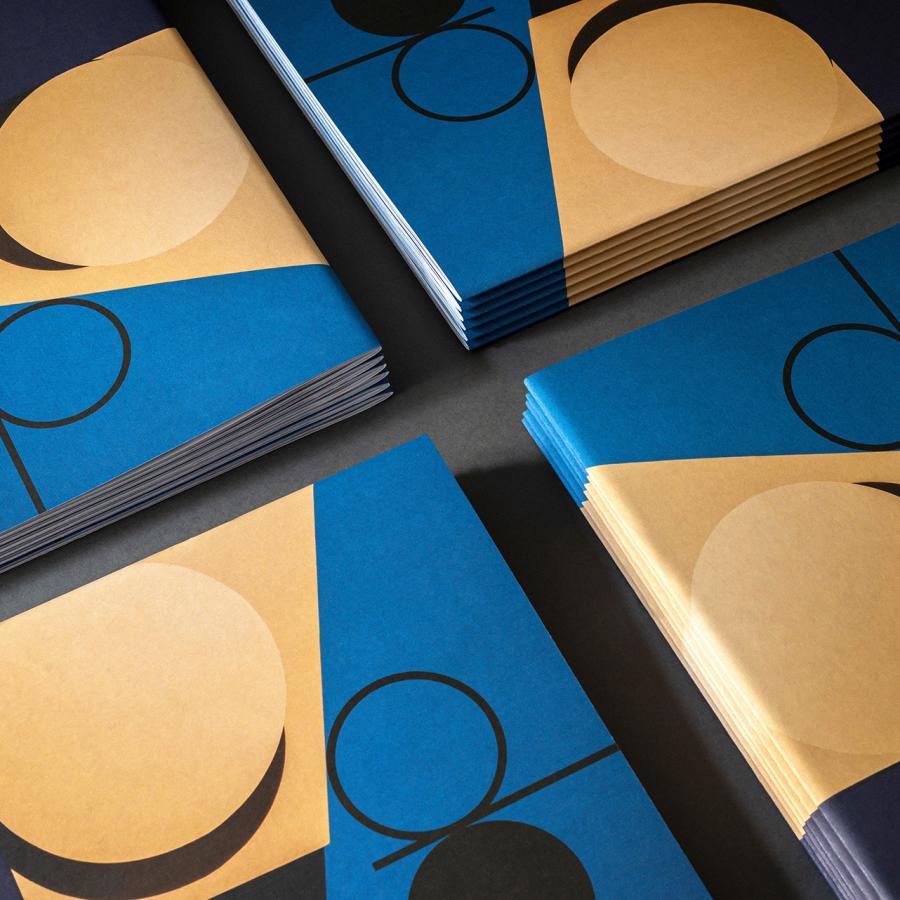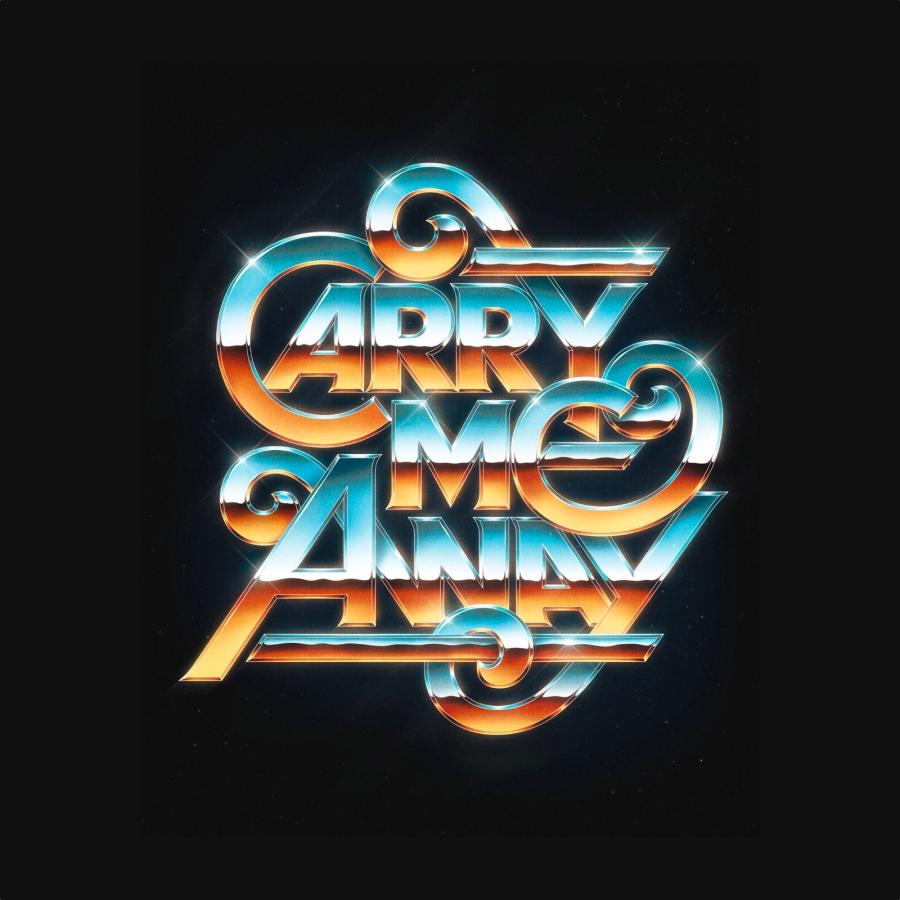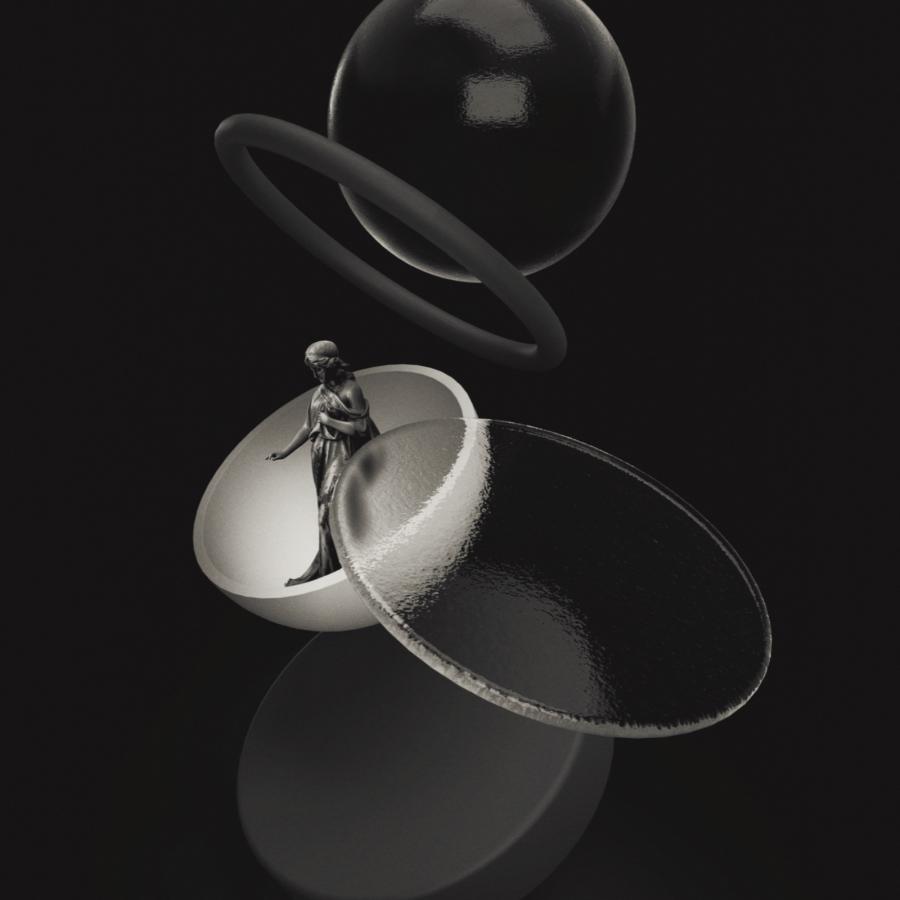by abduzeedo
Explore Kristolit’s modern serif with variable font, weights and Cyrillic support, a typeface blending classic elegance with technology.
In the world of typography, few fonts balance tradition and modern technology as gracefully as Kristolit Variable. Created by Sasha Denisova, this serif typeface draws from Scotch Roman roots while adapting to the demands of contemporary design. From editorial layouts to branding, Kristolit offers a fresh, flexible solution that retains historical sophistication while embracing technological prowess.
A Serif Rooted in History
Kristolit is inspired by Scotch Roman typefaces, popularized in 19th-century Britain and the United States. Known for their high contrast and geometric serifs, these fonts were primarily used for body text, delivering readability and character. Sasha Denisova, a Belgrade-based art director and the mind behind Kristolit, approached this design with a clear objective: to combine the structure of historical serif fonts with a distinct modern edge, adding flexibility through its variable font format.
Variable Features and Modern Applications
Kristolit is more than just a classic-inspired serif. It’s a variable font, designed to move seamlessly across various applications, from digital screens to print. This typeface provides both regular and italic styles, ranging from a subtle book weight to a bold black, allowing designers to play with weight and contrast. Kristolit’s variable nature enables precise control over each element, optimizing for both aesthetic appeal and functionality.
The font is crafted with both designers and typographers in mind. For example, Kristolit offers weight variations that adapt to different projects while supporting all major Latin-based languages, alongside Cyrillic for Serbian, Russian, Ukrainian, and Belarusian. This broad linguistic support makes Kristolit a versatile tool for a global audience.
Key Design Features
Kristolit stands out for its unique balance of elegance and structure. Below are some notable features that showcase its distinctive design:
1. Geometry: The typeface’s sharp geometric lines lend a modern edge to its classic roots, making Kristolit ideal for a wide range of typographic expressions.
2. Moderate Contrast: With a balanced contrast in its weight range, Kristolit is suitable for both headlines and body text, bringing adaptability to various layouts.
3. Closed Apertures: These help maintain a modern, rigid character that feels grounded and structured, a nod to its technological inspiration.
4. Vertical Axes: Kristolit’s vertical design is evident in all letterforms, adding to its strong, upright posture.
5. True Italics: With an italic style that feels handwritten, Kristolit’s italics maintain a narrower, more expressive tone, further enriched by an extreme slant.
Simplifying for Robustness
During the design process, Sasha found inspiration in Figgins Foundry’s Antique slab serif fonts. Studying these historical typefaces allowed her to refine Kristolit’s bolder weights by reducing contrast and simplifying forms. This approach created a cleaner, more robust typeface that maintained clarity and elegance in even the heaviest weights.
The italic version received similar attention. Sasha’s goal was to preserve the font’s historical feel, especially in Cyrillic, where slanted characters reflect calligraphic influences. These choices give Kristolit’s italics a unique balance between modern readability and a nod to historical script styles.
Perfect for Branding and Editorial Use
Kristolit’s adaptability makes it a go-to typeface for branding, editorial layouts, and digital interfaces. Its modern serif structure brings a professional look to corporate identities, while the italic offers a softer, more expressive touch for creative projects. The design’s tech-inspired geometry blends well with editorial environments, making it equally suitable for digital and print media.
A Type Designer’s Take on Kristolit
Reflecting on her process, Sasha Denisova says, “Kristolit started as a challenge to design a complete Latin character set in a week, but it evolved into a project that balanced structure and elegance. The journey was about finding that balance between historical Scotch Roman aesthetics and a design language that feels both timeless and modern.”
Explore Kristolit
Kristolit is more than just a typeface; it’s a blend of tradition and technology, ready for designers seeking a versatile and stylish font. Available for trial and purchase, this font offers a refined, modern serif for projects that demand both clarity and character.
Explore Kristolit Variable and more from Sasha Denisova’s portfolio at sasha.denisova.xyz.
Variable font and typography artifacts
Specimen of Plain and Ornamental Types. Foundry of V. & J. Figgins, 1845.

